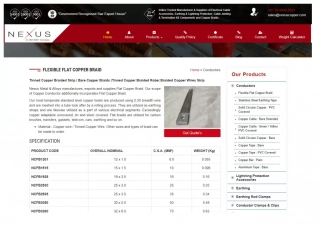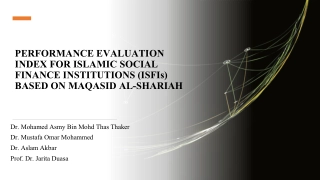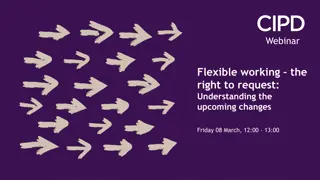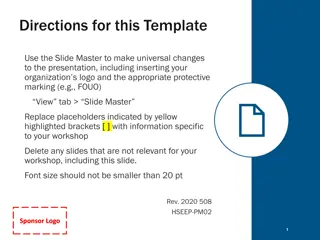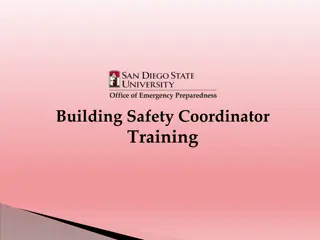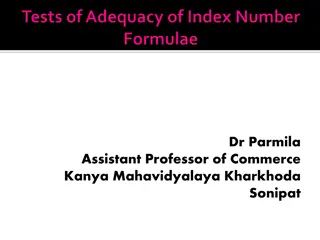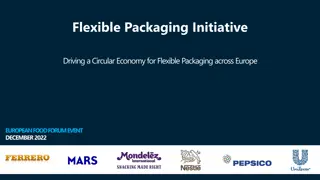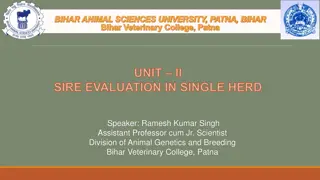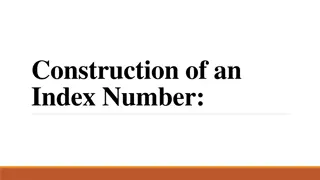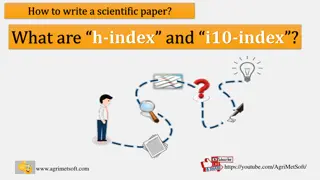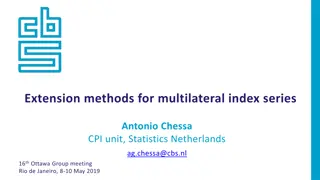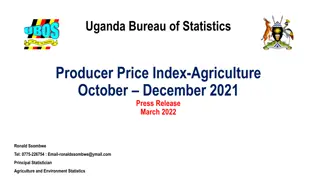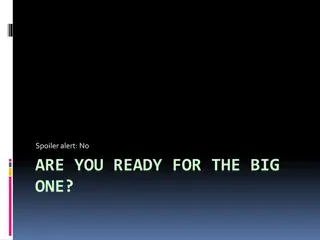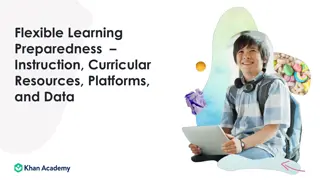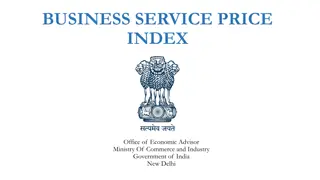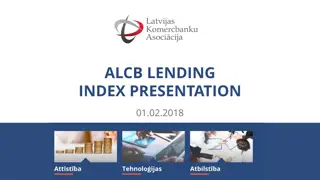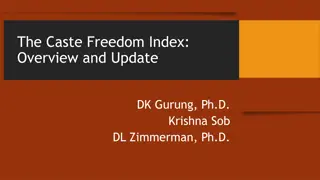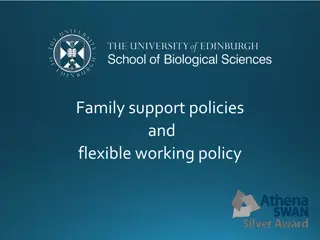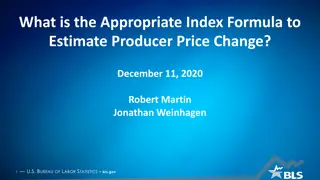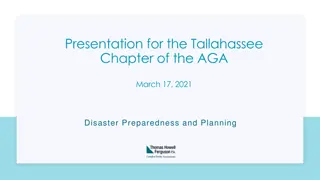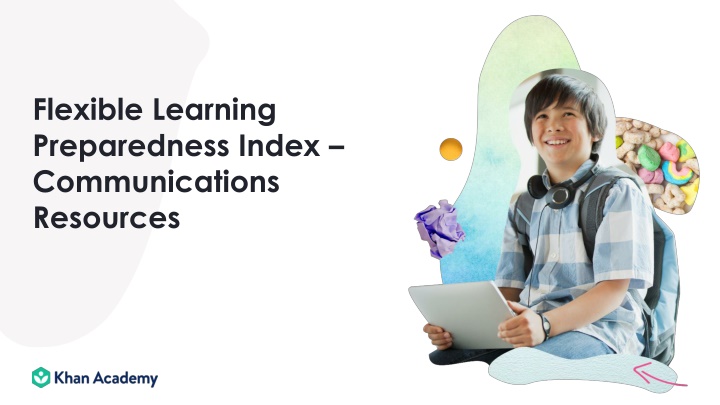
Developing an Effective Communications Strategy for Flexible Learning Preparedness
Learn steps to create a robust communications strategy for flexible learning preparedness, including setting guiding principles, accessibility, feedback loops, and celebrating success.
Download Presentation

Please find below an Image/Link to download the presentation.
The content on the website is provided AS IS for your information and personal use only. It may not be sold, licensed, or shared on other websites without obtaining consent from the author. If you encounter any issues during the download, it is possible that the publisher has removed the file from their server.
You are allowed to download the files provided on this website for personal or commercial use, subject to the condition that they are used lawfully. All files are the property of their respective owners.
The content on the website is provided AS IS for your information and personal use only. It may not be sold, licensed, or shared on other websites without obtaining consent from the author.
E N D
Presentation Transcript
Flexible Learning Preparedness Index Communications Resources
Steps to develop an communications strategy Detailed templates to follow Visit the Khan Academy flexible learning toolkit to assess your district s flexible learning preparedness Who should develop a communications strategy Follow the steps below to set an effective communications strategy 0 (pre-work): Align on a flexible learning plan Run a diagnostic to understand current flexible learning preparedness. Use quantitative and qualitative sources of insight (e.g., surveys and interviews) to collect input from different stakeholder groups (e.g., parents, teachers, school administrators) to understand the district s current ability to seamlessly transition between in-person and remote learning environments District office Objectives of a communications strategy: 1: Set clear guiding principles and key messages for the communications strategy Continue working with a cross-functional team to develop guiding principles for communication for the year and set overarching key messages to communicate the value of the flexible learning plan (see pages 3 and 4 for a guide to setting guiding principles and key messages). Gather input Explain the what and the how 2: Make communications accessible to all Take time to understand your key stakeholders and for each one of them map: Where are they today? Where do we need them to be? How will we get them there? (see page 5 for a template to understand your stakeholders) Get buy in Provide information needed for successful implementation of approach to flexible learning Establish communication routines for the year, including the frequency of communications, channels used for each stakeholder group, and relevant languages to reach them 3: Establish feedback loops and respond quickly Ensure the ability to track reach and understanding of key communications (e.g., email opens) Set up 2-way channels and additional mechanisms gather feedback from key stakeholders (e.g., surveys, interviews) Establish a team structure to visibly address the feedback and update the communication strategy based on feedback and effectiveness data collected 4: Find moments to celebrate your people and their successes Across the district, administrators, staff, teachers, and parents are working incredibly hard to support the education of the district s students. Find opportunities to celebrate success in your communications! 2
Set guiding principles for your communications strategy Action item: Answer the following questions to develop a set of guiding principles for your communications strategy Food for thought: 5 best practices for communicating during times of uncertainty How will we communicate the value of the approach to flexible learning to each stakeholder group? 1. Give people what they need, when they need it People s information needs evolve during times of uncertainty, so should a good communicator s messaging What tone and messaging will we use to communicate difficult messages, sudden changes, and/or new policies throughout the year? 2. Communicate clearly, simply, frequently Times of uncertainty limit people s capacity to absorb information in the early days. Focus on conveying crucial information to stakeholders, keep messages simple, to the point and actionable What behaviors do we expect from each stakeholder group (e.g., school administrators, teachers, parents)? How will we engage our stakeholders in dialogue about key messages / decisions? 3. Choose candor over charisma Trust is never more important than during times of uncertainty. Those who fail to build trust quickly will lose their stakeholders confidence. How will we highlight success and progress in meaningful ways that will resonate with our stakeholder groups? 4. Revitalize flexibility and resilience Accentuate the positive by sharing stories and creating uplifting moments to reignite resilient spirits What tough questions should we be ready for? How should these questions be answered? 5. Distill meaning from chaos Establish a clear vision, or mantra, for how the district and its people (e.g., teachers, students) will benefit/be successful during the time of uncertainty 3
Develop a common set of key messages about your approach to flexible learning Work with relevant stakeholders to develop and document a common set of key messages regarding your approach to flexible learning across the four building blocks bellow. Once you have aligned on and documented the key messages, set a plan to get the messaging out quickly and consistently to all stakeholders. See following page for a template to set stakeholder communications. Where can you learn more and provide feedback? What are our expectations of each stakeholder? What goals are we moving towards? How will we reach these goals? The crossroads we find ourselves at The vision / ultimate goal What each stakeholder group can expect from you Where all stakeholders can find more information What success looks like (e.g., goals for student engagement and learning outcomes) What happens if we do nothing What you, in turn, expect from them Opportunities to provide feedback Value of the flexible learning plan High-level timeline and next steps 4
Map stakeholders and how to reach them TEMPLATE TO BE FILLED OUT BY DISTRICT OR SCHOOL ADMINISTRATORS - SCHOOL PRINCIPAL EXAMPLE IS ILLUSTRATIVE Your stakeholder mapping and analysis should answer the following questions for each key stakeholder group Stakeholder Where are they? Where do we want them to be? What information do they need from us? What information do we need from them? Through what channels can they be reached? Through what channels can we collect their feedback? E.g., School principals Fully on board Not yet aligned on key messaging (e.g., why we re are taking our current approach to flexible learning) Aligned in driving the effort with consistent messaging Actively engaging their school community Regular updates and reviews Ready-to-use messaging, updated as we go along Regular updates and reviews Ready-to-use messaging, updated as we go along Email What s App Phone Pro tip: Use video to make content more fun and engaging Pro tip: Keep messages short and to the point, ensure stakeholder can easily find need to know information and action items Pro tip: Whenever possible, make content warm and personal Pro tip: Send key messages through multiple channels to ensure reach 5

